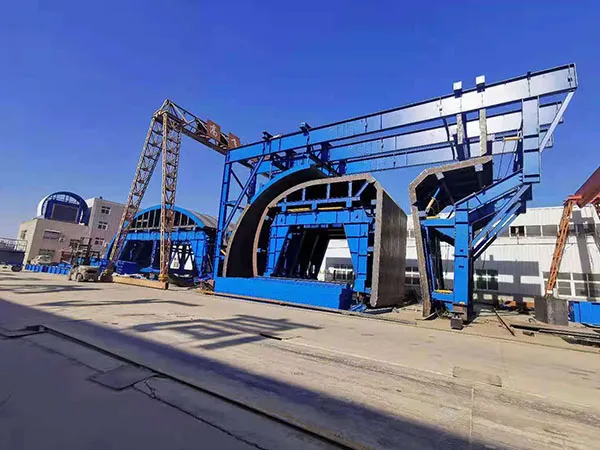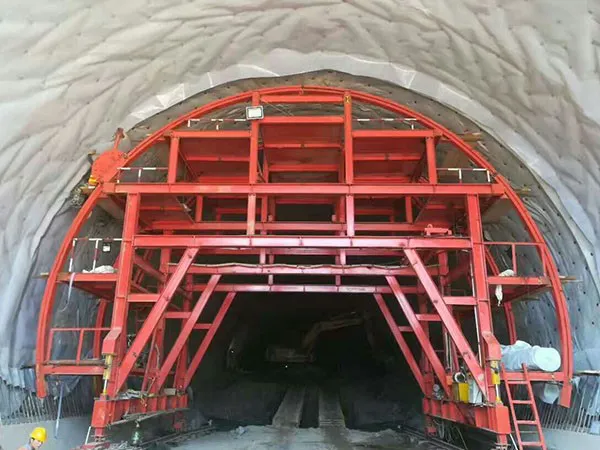В сегодняшней жесткой конкурентной среде промышленности, будь то точное литье, аффинаж драгоценных металлов, или современные материалы R&Д, стремление к максимальной эффективности и исключительному качеству продукции остается основной целью. Когда дело доходит до выплавки металла, Выбор высокопроизводительной плавильной печи, несомненно, является ключом к достижению этих целей.. На этом фоне, высокотемпературный Графитовые крестообразные стали основным решением, способствующим развитию технологий промышленной плавки и значительному повышению производительности., благодаря их беспрецедентной комплексной производительности.
Графитовые крестообразные: Почему они являются основной силой в технологии плавления??

Графит, эта уникальная аллотропная форма углерода, наделяет графитовые тигли рядом незаменимых выдающихся характеристик., что позволяет им работать исключительно хорошо в суровых условиях плавления:
Предельная устойчивость к высоким температурам и структурная стабильность:
Даже в условиях таяния, достигающего тысяч градусов Цельсия., графитовые тигли сохраняют исключительную структурную целостность, легко справляется с проблемами плавки различных металлов, включая специальные стали., медные сплавы, алюминиевые сплавы, и редкие драгоценные металлы. Это приводит к увеличению срока службы и сокращению времени простоев, вызванных сбоями оборудования..
Исключительная теплопроводность: Ускорение процессов плавления
Графит по своей природе обладает превосходной теплопроводностью.. Это позволяет равномерно и с поразительной скоростью передавать тепло металлическим материалам внутри тигля., значительное сокращение циклов плавки. Следовательно, общая эффективность производства заметно повышается, экономия драгоценного времени и энергии предприятий.
Выдающаяся устойчивость к термическому удару: Выдерживает экстремальные колебания температуры
Во время циклов быстрого нагрева и резкого охлаждения, графитовые тигли демонстрируют исключительную стойкость к термическому удару. Они выдерживают воздействие экстремальных перепадов температуры, не растрескиваясь и не деформируясь., существенное продление срока службы оборудования и эффективное снижение долгосрочных эксплуатационных затрат для предприятий.
Исключительная химическая инертность: Обеспечение чистоты продукта
С минимальной реакционной способностью по отношению к большинству расплавленных металлов и агрессивных шлаков., графитовые тигли минимизируют загрязнение примесями. Это гарантирует более высокую чистоту расплавленного металла., решающее значение для производства высококачественных, высокопроизводительные конечные продукты.
…
Более подробную информацию о применении графитовых тиглей при выплавке металлов см., пожалуйста, нажмите, чтобы посетить:https://www.czgraphite.com/a/news/applications-of-graphite-crucibles-in-precision-metals.html









